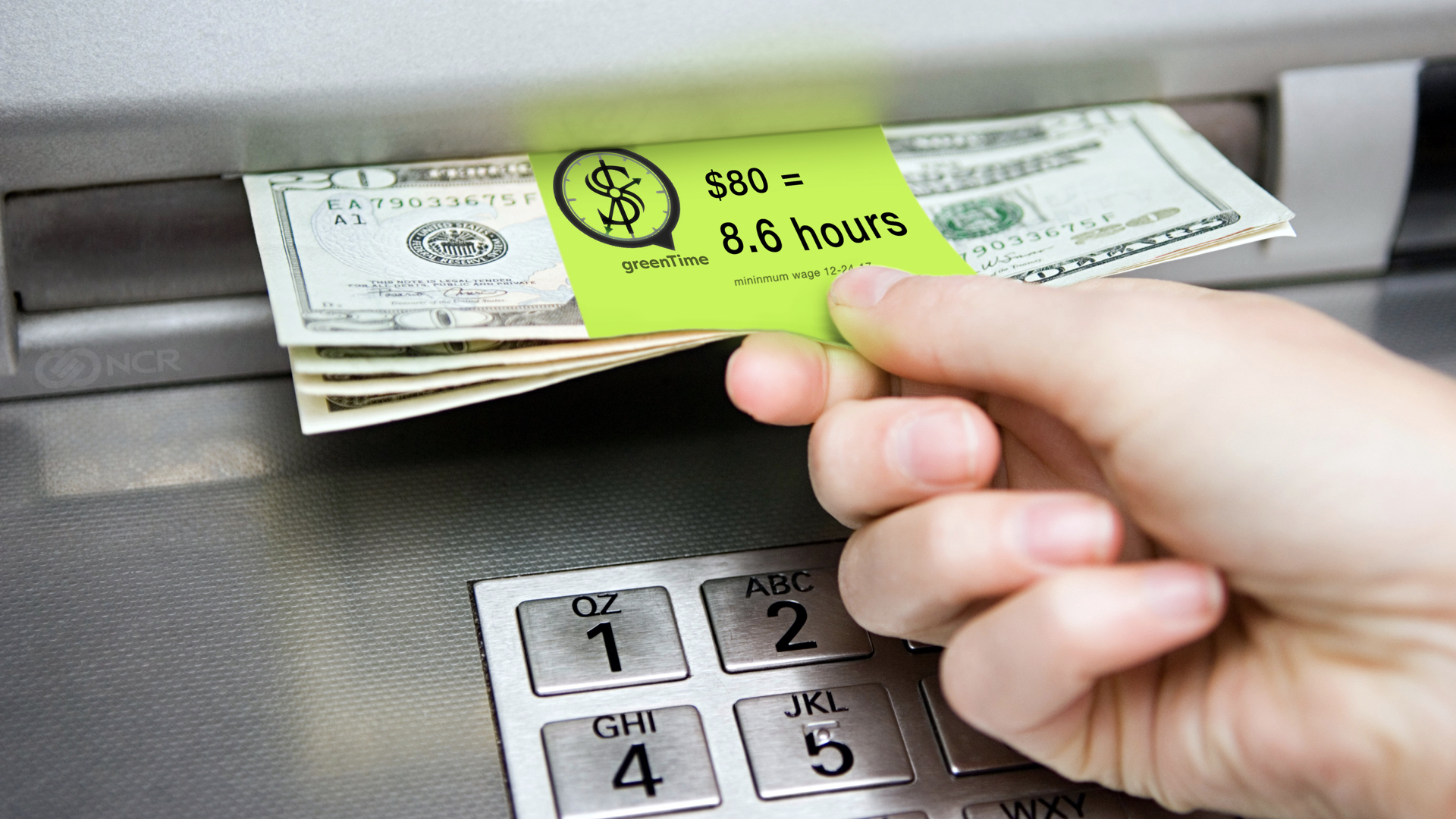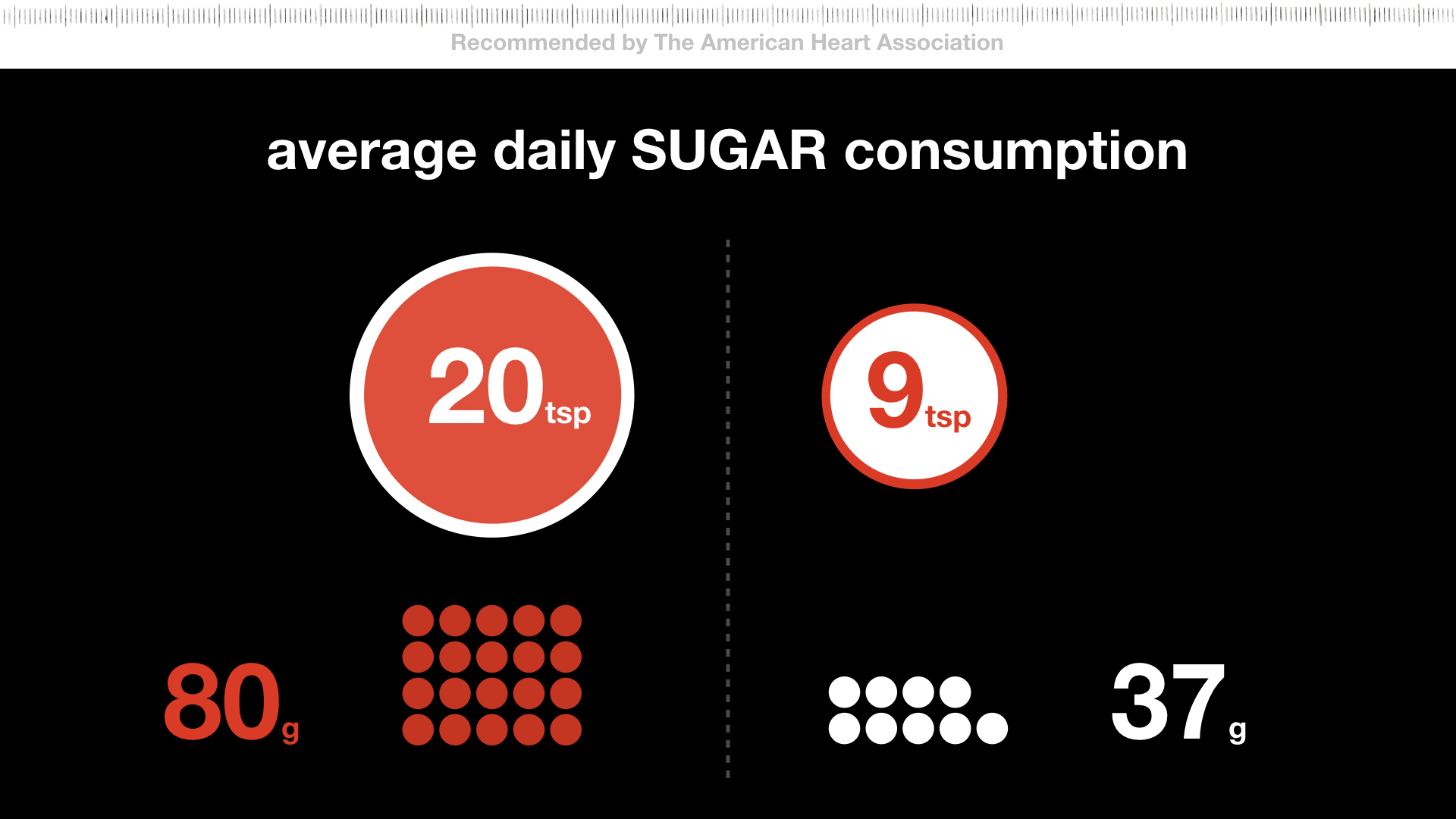Maps are a generally a graphic representation of geography. Similarly, diagrams extend further to portray a succession of items, events, or parts of a larger whole. Diagrams are used to define and communicate an agenda– to aid in understanding the characteristics and complexities of something. If the diagram is intended to help other people, then the information must be formatted clear or else the potential is diminished to the point of causing more confusion. Some of the most helpful diagrams that managers and designers use are;
- Association Map • Block Diagram
- Flow Diagram • Gantt Chart
- Hierarchical Map • Journey Map
- Quadrant • Schematic / Exploded Schematic
- Swim Lane • Venn Diagram
For thesis class, I wanted to better understand the relationships between my projects in terms of the class assignment, the target audience(s), the deliverable, and the value proposition. For internal clarity, what are the connections, disparities, and overlaps in the landscape of my thesis?
As a concept, diagrams are not pretty illustrations. They help us connect with an audience in ways that words can't achieve–especially helpful when working with groups to reach a consensus. There are the key do's and don't's that arose from Abby's presentation on how to make effective diagrams;
- Architect before design– plan the landscape before planting greenery
- This is not a pretty picture/ illustration
- Avoid 'rainbow worship'– the overuse of color coding can be confusing and distracting
- Identify your user and context
- Labels matter– take care when selecting what labels to use
- Be careful when using icons over labels– are icons necessary, clear, and appropriate?
- Avoid Jargon– know the audience and the proper terminology, simple is better
- Avoid unnecessary exactitude with numbers (i.e. 1.6180339887% vs. 1.6)
- Avoid crossing lines and stacking letters– keep the layout neat and tidy (see #2)
- Be careful when using graphic design elements like gradation, contrast, and line weight
- Try to avoid hyphens and line breaks
- Do the research
- Get feedback from others when you think the diagram is complete
- Iterate the diagram based on feedback (repeat #13)
After the presentation and class feedback, I remade the diagram shown above in favor of a gantt diagram. Managing my time versus task load is by far the most difficult part of grad school so mapping the projects versus time would be more beneficial. My inclination to hyper-focus has been a disruption and therefore I struggle with what's being called 'switch fatigue'– interruptions cause a stress response that releases cortisol and the thoughtful-reasoning part of the brain is put to rest. When tasks on the gantt chart are completed, it feels good!
Gantt diagram on a 3 foot wide spool of paper.
















